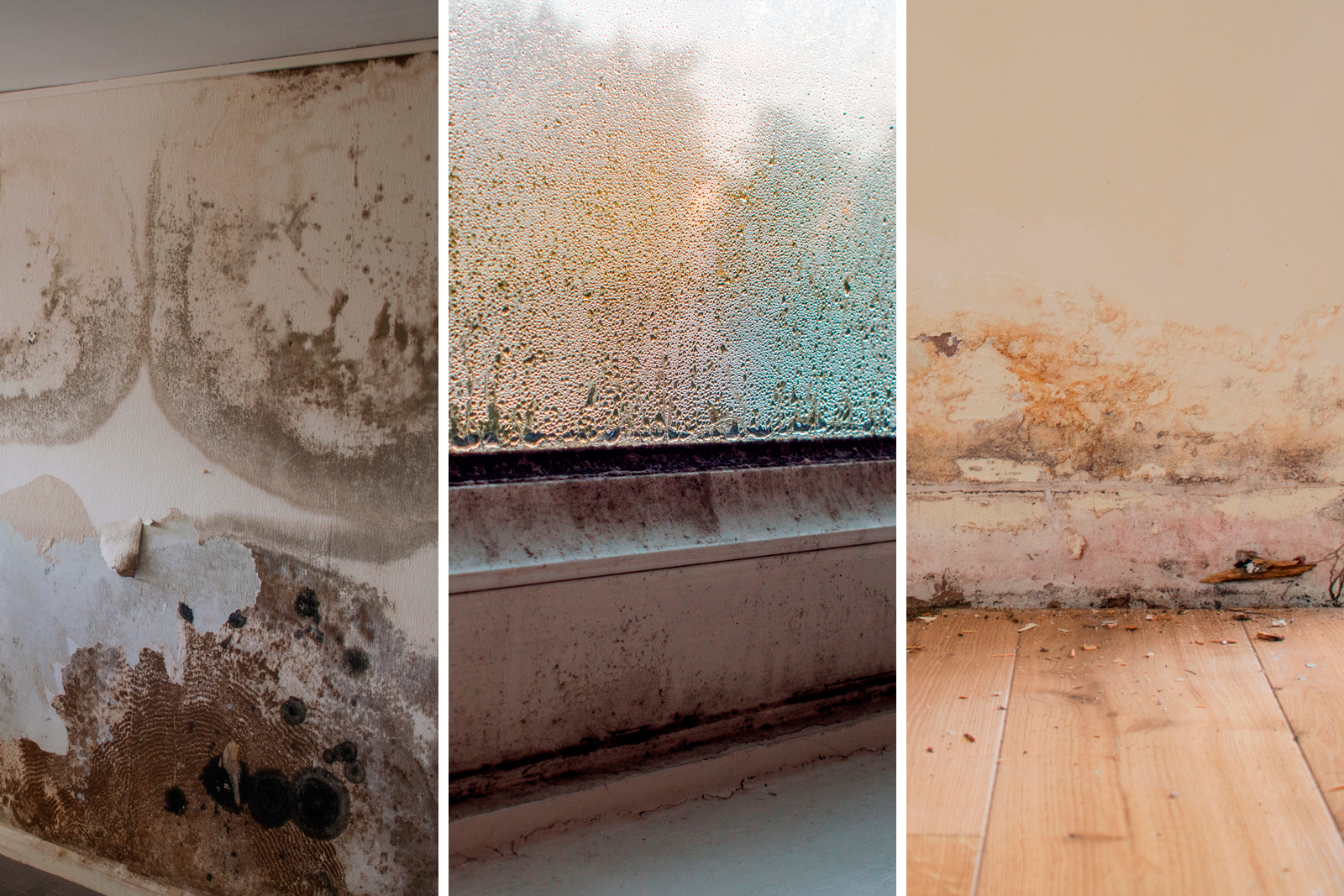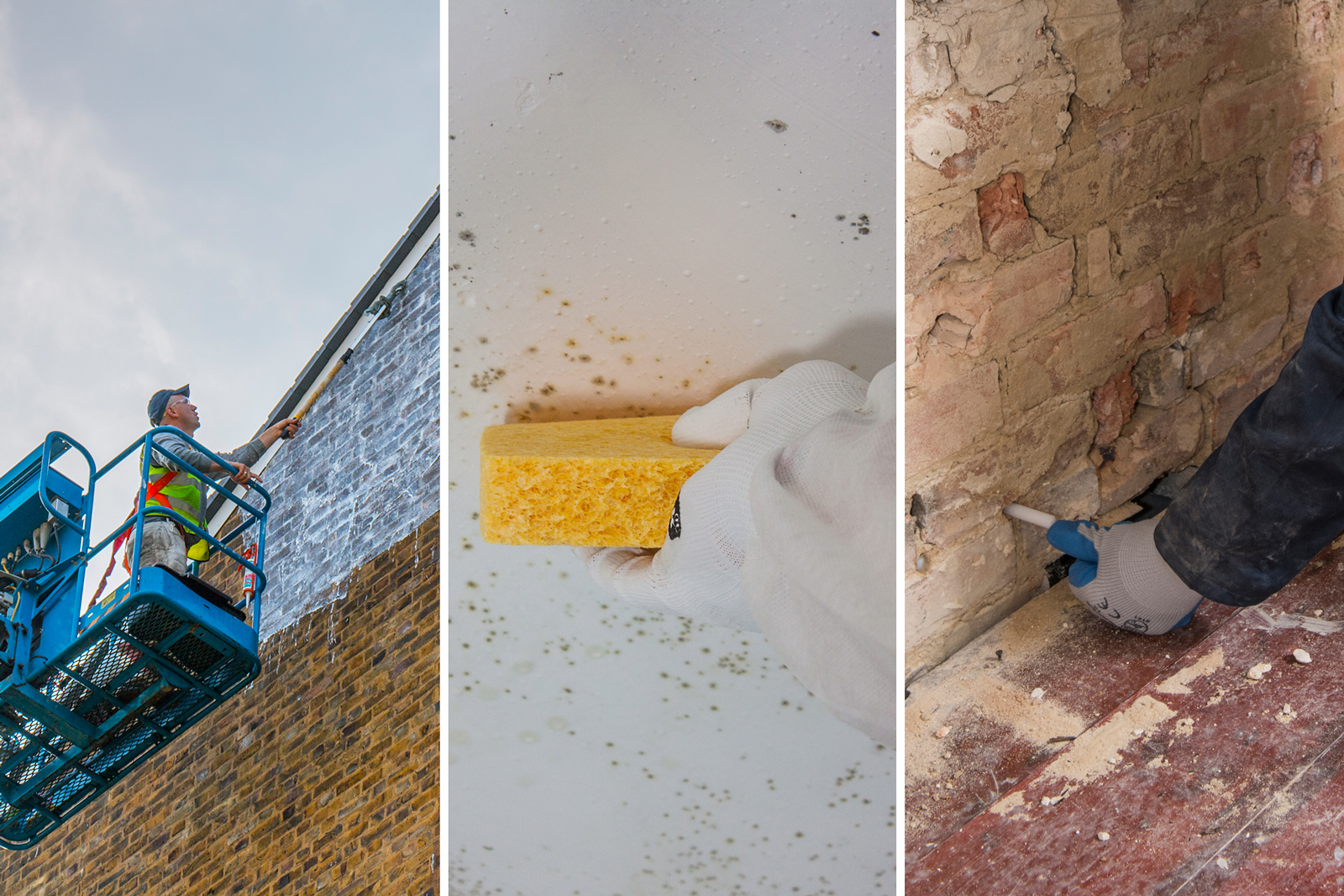Dealing with Dampness
Seminar length: 45 to 60 minutes
Most buildings will suffer from dampness of one form or another during their lifetimes. This seminar gives an overview of the methods available to correctly identify the causes and types of dampness in buildings. The most common types of dampness encountered in existing buildings (rising damp, penetrating damp, and condensation) are examined, as are methods of repair and treatment.
Topics covered include:
Tools for Correctly Diagnosing Dampness

Symptoms of dampness are often easy to identify by sight or smell, but diagnosing the source of dampness can be much more complicated and may require the use of specialist tools. In this seminar, we discuss the following methods of identifying sources of dampness in buildings:
- External examination (dampness caused by building defects)
- Internal examination (identifying the source of dampness from symptoms)
- Electronic moisture meters
Types of Dampness in Buildings

There are three types of dampness that can affect buildings; rising damp, penetrating damp, and condensation.
Some common symptoms of dampness include:
- Paint blistering
- Plaster crumbling
- Wallpaper peeling
- Black mould
- Visible efflorescent salts
- Moisture condensing on cold walls and windows
Rising Damp

- Vertical flow of water up through permeable wall structure
- Water comes from ground (contains salts)
- Water rises through pores (capillaries) in the masonry
- Masonry acts like a wick
- Building regulations require new properties to include a DPC to protect against rising damp
Penetrating Damp

- Through poorly designed or maintained building details
- Through masonry
- Particular problems in areas of strong wind-driven rain (see BS 8104)
Condensation

- Probably the most common form of dampness in buildings
- Warm air can hold more moisture than cold air
- When moist air comes in to contact with a cold surface (e.g. cold wall, window) it can’t hold as much water
- Likely to become more of a problem in buildings due to Building Regulations requirement for sealing buildings, pressure testing, etc…
Methods of Repair and Treatment

Each type of dampness has its own symptoms and methods of treatment. However, some symptoms are shared between different types of dampness, and therefore must be correctly diagnosed before treatment can begin.
CPD Seminar Booking Form
* Indicates required
